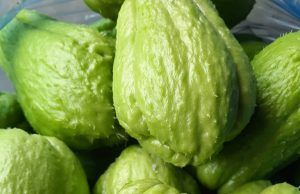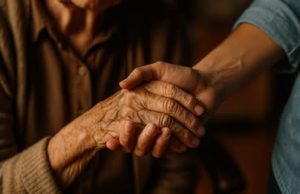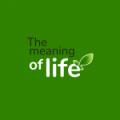
For generations, a curious and persistent myth has circulated: that a woman’s br.east size reveals something about her intimate health or overall well-being. It’s a belief that’s taken root in many minds—but is it rooted in truth or just another societal misconception? Let’s take a closer look.
What Actually Determines Br.east Size
Biologically speaking, br.east size is influenced by several key factors—not a single hormone or isolated cause, but rather a complex combination:
Genetics: Just like your eye color or the shape of your hands, your br.east size and shape are primarily inherited.
Hormones: Female hormones, particularly those active during puberty and pregnancy, play a big role in br.east development.
Fat Content: Since br.easts are largely made up of fatty tissue, weight changes can significantly affect their size.
Lifestyle Factors: Diet, physical activity, and even stress can have indirect effects, but none of these are direct indicators of intimate health.
Bigger Br.easts = Better Health? Not Quite
Many people still associate larger br.easts with vitality, hormonal balance, or better reproductive health. But this idea is more fantasy than fact. Scientifically, there’s no proven connection between br.east size and fertility, hormone levels, or internal wellness.

What truly supports a woman’s health includes:
- A consistent menstrual cycle
- Balanced hormone levels
- Nutritious eating habits
- Regular physical activity
- Routine medical care
So while popular culture often glorifies br.east size as a marker of femininity or health, the science simply doesn’t support that link.
Can Body Shape Reveal Intimate Health? Another Misconception
There’s also a common assumption that visible physical features can somehow reflect a woman’s intimate well-being. This view is deeply flawed. The human body is far too complex to be reduced to external appearances.
What actually impacts intimate health and comfort includes:
- Proper hygiene
- Staying hydrated
- Emotional well-being
- Physical fitness and core muscle strength
These factors play a far more meaningful role in overall well-being than br.east size ever could.
Why Do These Myths Still Exist?
It’s surprising how long these outdated ideas have stuck around, but a few key reasons explain their persistence:
Cultural Traditions: In some cultures, physical traits are still seen as symbols of fertility or character.
Media Influence: Movies, advertising, and social media often promote unrealistic ideals of the female body.
Lack of Education: Without clear, accessible knowledge about the human body, misinformation can easily fill the gaps.

The Truth About Women’s Health
Rather than being guided by myths, it’s better to focus on habits that truly support your well-being:
- Eat a balanced, varied diet
- Stay active regularly
- Care for your mental and emotional health
- Seek professional guidance when needed
Every woman’s body is different, and that uniqueness is something to be celebrated. Br.east size is just one aspect of physical appearance—it doesn’t define your vitality, health, or womanhood.
In Summary: Your Body, Your Truth
Science makes it clear: br.east size is not a measure of a woman’s internal health or quality of life. What matters is how you care for your body and mind, how you stay informed, and how you embrace your path.
Every woman carries her beauty, strength, and rhythm. The key is to move forward with confidence, care, and self-respect.
Meaning of having small br.easts
Are you worried about having small b.reasts? In this article, you’ll learn a lot about what this really means and the advantages you have.
First, we’d need to define what we mean by having small b.reasts and large br.easts, and how to rule out which ones are considered normal. In this assessment, the first thing to consider is the proportion of the breasts to the woman’s physical structure (height, shoulder width, weight, etc.); second, the current trend, whether small, proportionate, or large. As a general rule, we could say that a size under 85 is considered small, and a size over 100 is considered large.
However, although it has always been assumed that the image of a woman with breasts above a size 100 is more aesthetically pleasing, the current trend is to seek naturalness: we can even say that small breasts are in fashion. So, do having very small breasts have their benefits? Let’s see.
Advantages of having small breasts

As we mentioned, naturalness is currently sought in beauty, so there are several advantages to having small breasts, beyond the aesthetic ones, that must be acknowledged immediately:
First of all, we must mention something essential: over time, your breasts won’t sag, as larger breasts tend to lose firmness with age.
Furthermore, you won’t have as many back problems, at the base of the neck and even in the shoulders, as those with a larger bra size do. Believe it or not, there are numerous cases of back problems associated with breast size.
Another important advantage is that, when going for a breast check-up, it’s easier for the specialist to examine the area if the patient has smaller breasts. This will make breast cancer screening easier for women with smaller breasts.
















